Family Nephilidae Higher classification Nephilidae Order Spider | Rank Genus | |
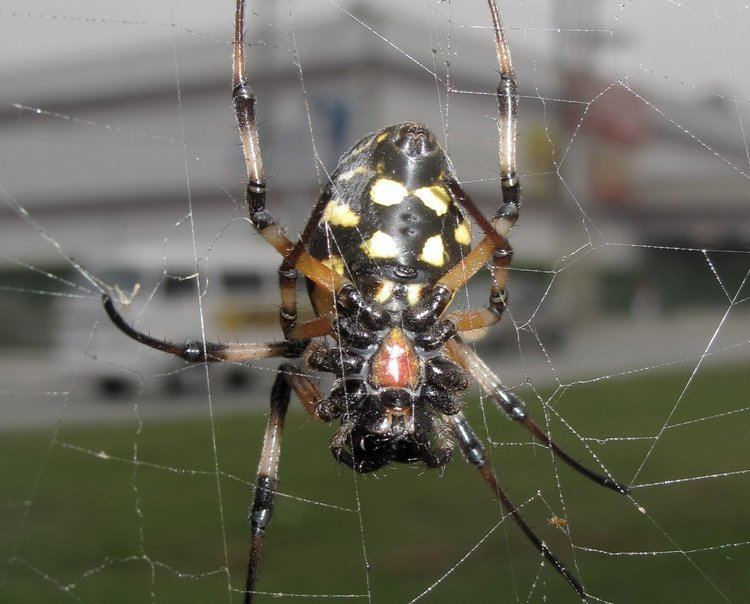 | ||
Similar | ||
Nephilengys is a genus of tropical spiders of the family Nephilidae (formerly placed in the Araneidae and Tetragnathidae), consisting of six currently described species. They are called hermit spiders in South Africa .
Contents
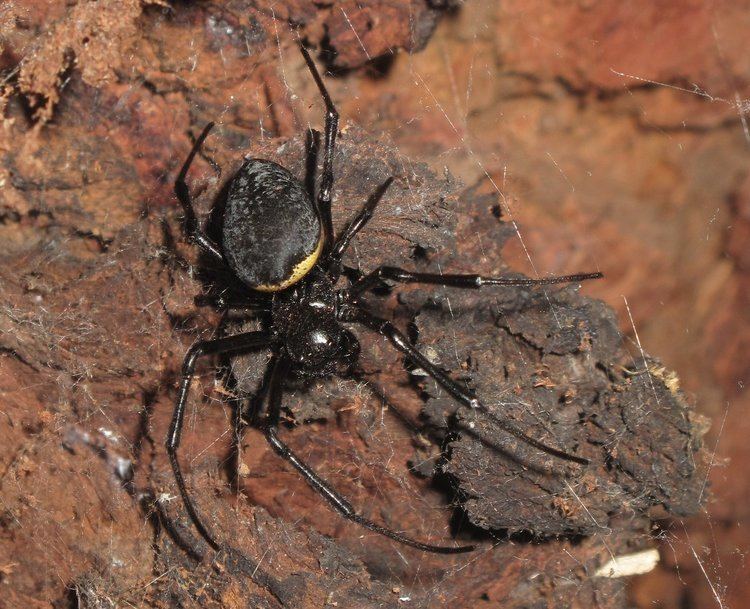
Anatomy
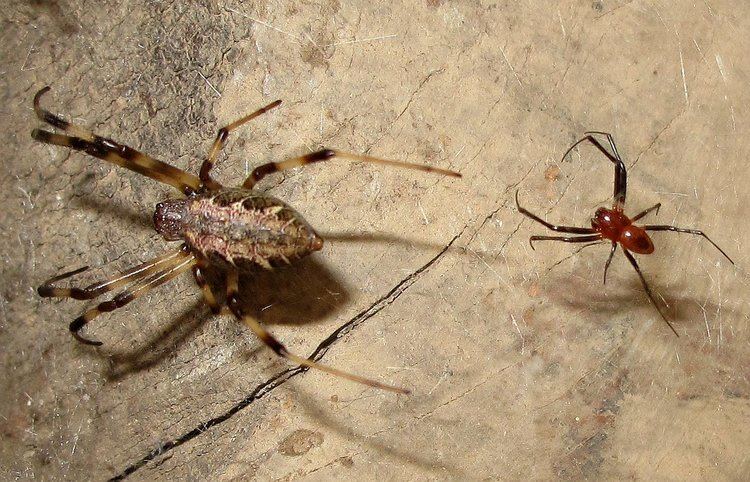
Females are from 10 mm to 28 mm long, with males typically only reaching about 5mm. The prosoma has a wide and high head region. Unlike other nephilids, the carapace features strong erect spines. The edges of the carapace are lined with a row of long white hairs. Males are 3–6 mm long .
Habits
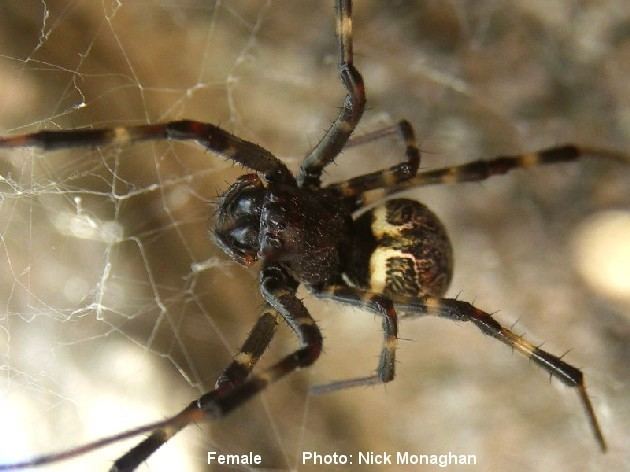
Nephilengys is the most synanthropic (found in and around human dwellings) of the nephilid genera. They build their webs against substrates such as tree trunks or walls. These can have a diameter of up to one meter. Nephilengys species incorporate a tubular retreat into their webs into which they will escape when disturbed. The retreat is always built against a hard surface; the web is built against a substrate, like those of Herennia and Clitaetra. While the orbs of young spiders are roughly symmetric, adults place the web hub very close to the top frame. While most orb web spiders rebuild a damaged web completely, nephilid spiders, including Nephilengys, repair damaged parts. Unlike Nephila, Nephilengys does not produce yellow silk or a barrier web .
Nephilengys are nocturnal spiders, spending most of the day in their retreat and nights at the hub.
Reproduction
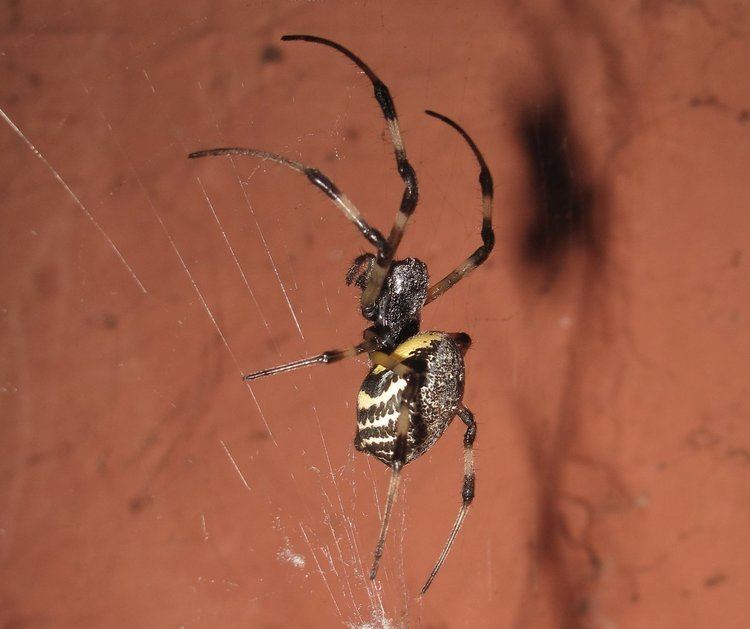
Similar to the sister genus Nephila, the females are much larger than males, for example in N. malabariensis 20 mm versus 4 mm. Adult males do not build their own webs, but live with females, with sometimes several males found in the web of an adult or immature female. They accordingly lack silk glands producing sticky silk. Males often mate with a freshly moulted female, which cannot resist due to the softness of its cuticula. They often sever their mating organs, which are then found stuck in the female genital opening. Severed males may live on in their mate's web .
Predators and parasites
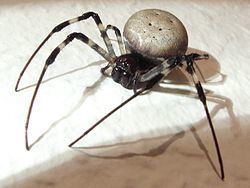
N. malabarensis is being preyed upon by the spider-eating jumping spider Portia. At least some species shake their bodies vigorously when touched. As many as 24 kleptoparasitic Argyrodes spiders have been found in the web of a single N. borbonica .
Distribution
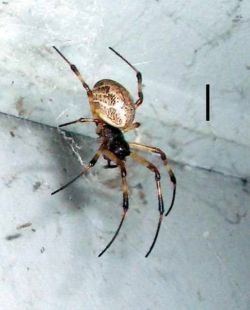
Nephilengys species occur in many tropical and subtropical regions of sub-Saharan Africa and Australasia. N. cruentata was probably introduced to South America from tropical Africa .
Name
The etymology of the genus name refers to these spiders' close relationship and similarity to the sister genus Nephila: Nephilengys = Nephila + Ancient Greek -engy-, "near to" or "close to". "Hermit spider" is derived from the habit of Nephilengys to stay in its retreat during the day .
Species
While N. borbonica was thought to inhabit Madagascar and many nearby islands, in 2011 it was discovered that the populations in Réunion and Mauritius had separated from the others several million years ago.
N. hirta is a junior synonym of Eustala fuscovittata (Araneidae); N. niahensis was synonymized with N. malabarensis.
